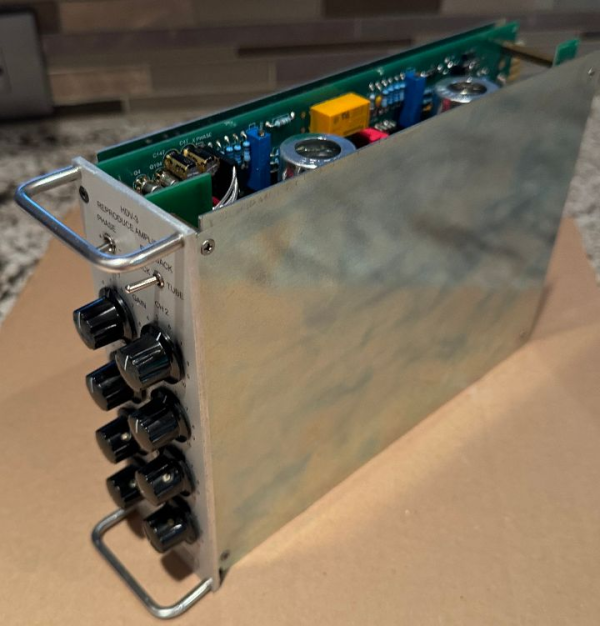Well, we should not forget the roots of the 12AX7 design - a low cost phonograph solution, hence its high gain, so you could get enough sensitivity with just two tubes.
That particular board documentation also mentions the possibility of using the Russian 6N2 tubes, but I have no experience with those, and the transformer I had fit the 12V filaments better, so I stayed with them, even though I do have some 6N2's. But someone might try them and let us know.
That particular board documentation also mentions the possibility of using the Russian 6N2 tubes, but I have no experience with those, and the transformer I had fit the 12V filaments better, so I stayed with them, even though I do have some 6N2's. But someone might try them and let us know.



